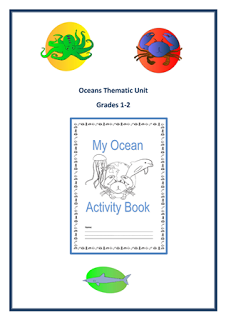 I try to keep science as hands on as possible, but I also use activity sheets to compliment instruction since primary students need lots of opportunities to write. The Ocean Activity book above is fantastic and I found it to be a perfect compliment to my ocean instruction!
I try to keep science as hands on as possible, but I also use activity sheets to compliment instruction since primary students need lots of opportunities to write. The Ocean Activity book above is fantastic and I found it to be a perfect compliment to my ocean instruction!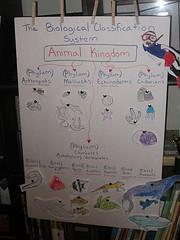
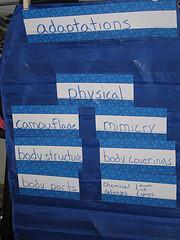
Today during our weekly science workshop we continued our ocean unit with a study of ocean animal adaptations . We began by discussing why and how animals are classified as the children worked on ocean pictures. They then classified their ocean animal pictures and placed them in the appropriate spot on our chart. After a mini-lesson on types of adaptations we discussed the physical adaptations of the animals and looked for commonalities within the classes.
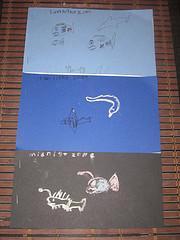
The next thing we did was to look at how animals who live in different layers of the ocean have adapted to their ocean environment. The children made flip books and drew pictures of ocean life on the cover. Then, they wrote facts about each of the ocean's layers on the inside. Hmmm...I should have made the size of the layers proportional with the actual percentage of ocean each layer takes up.
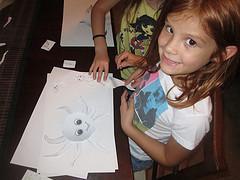
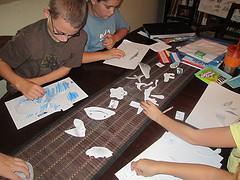
I then gave each child a cut-out of the head of an ocean animal and they sorted through the parts in the center of the table to put it together. (I found these cute ocean characters at sparklebox.co.uk and Aiden had a blast putting them together as well!) They all took turns explaining the adaptations that help their ocean animal survive.We also discussed why the same adaptations that helped them survive in the ocean would be a hindrance on land.

Then they were asked to create their own ocean creature by mixing up the animal parts. When they were finished assembling their morphed creatures they each filled out a questionnaire about their new animal and its adaptations. The boys managed to create some exceptionally lethal creatures!
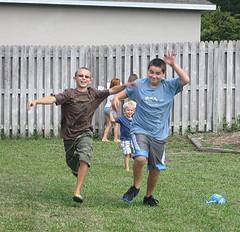
By this time everyone needed some outside time, so we headed outside to do an animal movement relay. The children mimicked the movements of several ocean animals as they raced from one side of the yard to the other. They jumped like dolphins, walked like crabs, and swam like fish to name a few. Competition was fierce! I love the look of pure joy on Aiden's face as he races behind the big boys.
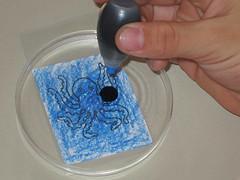
Everyone was ready to cool off inside after the relay since it is still a million degrees here! So, we headed in to begin our science labs. Each one was based around the octopus since is such an amazing example of multiple adaptations. In the picture above the children explored how their ink helps them to hide from predators as the octopus makes a quick getaway.
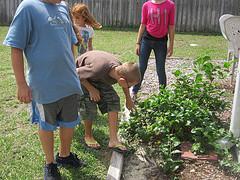
After the ink experiment we watched a National Geographic video clip about the amazing camouflage abilities of the octopus. Then they each colored an octopus and hid it in the backyard to illustrate how camouflage helps protect them from predators. I was able to finish an entire cup of coffee while they searched for them!
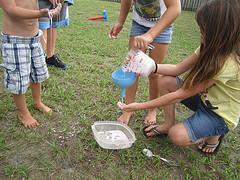
We watched another video clip about their ability of an octopus to escape predators by squeezing through extremely small spaces. The children modeled this adaptation by making ooblek and watching how it could stretch out to fit through the funnel and then regroup at the other end.
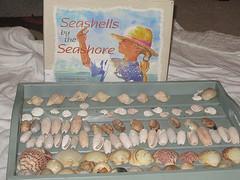
We ended the day by laying out a beach blanket and reading, Seashells by the Seashore, by Marianne Berkes. I just love this story! As the little girl in the story collected each shell for her grandmother the children found the matching ones in our basket of shells and arranged them on the tray.When the story was over we discussed why shells are an important adaptation and then the children made pretty patterns with them.
